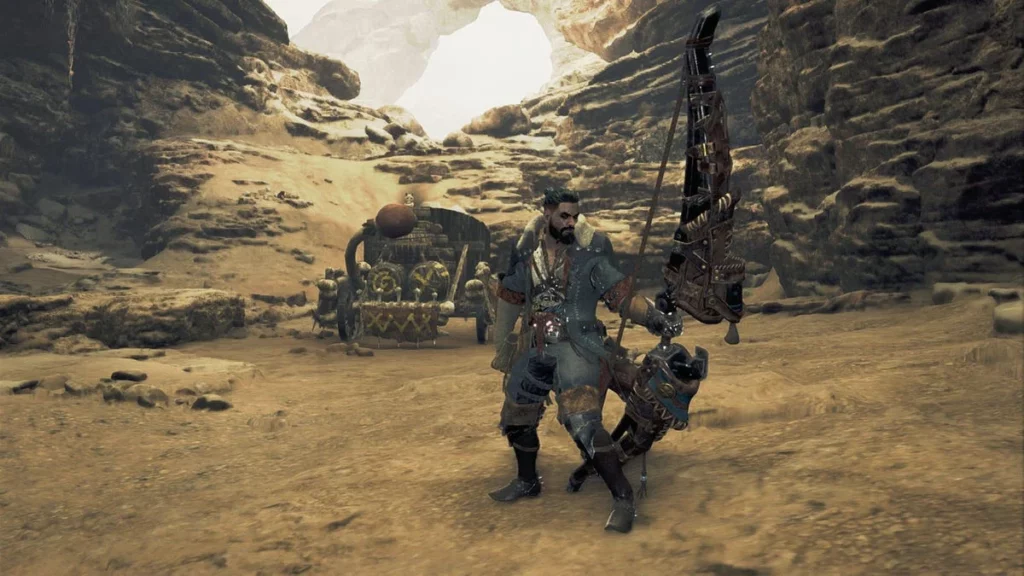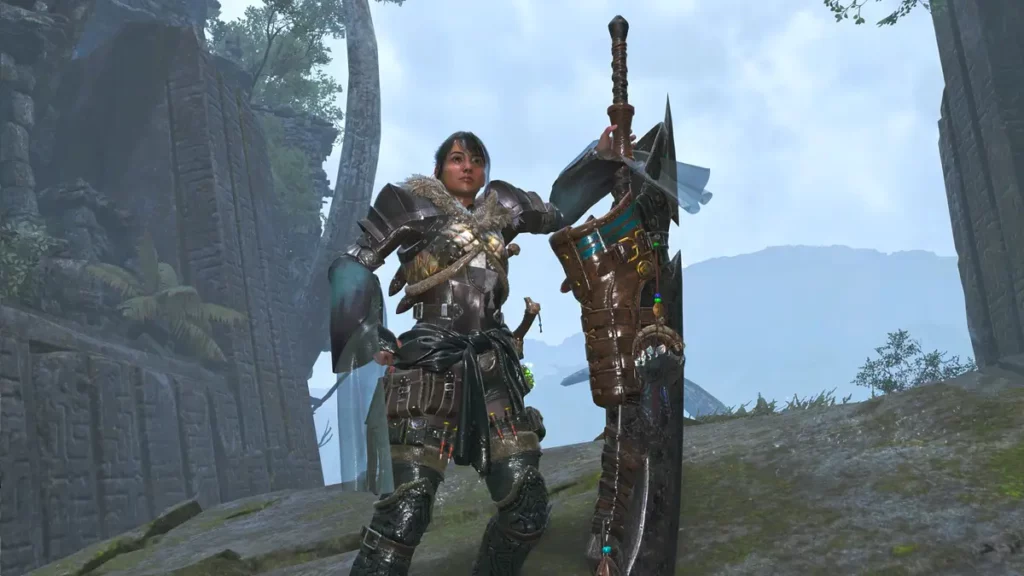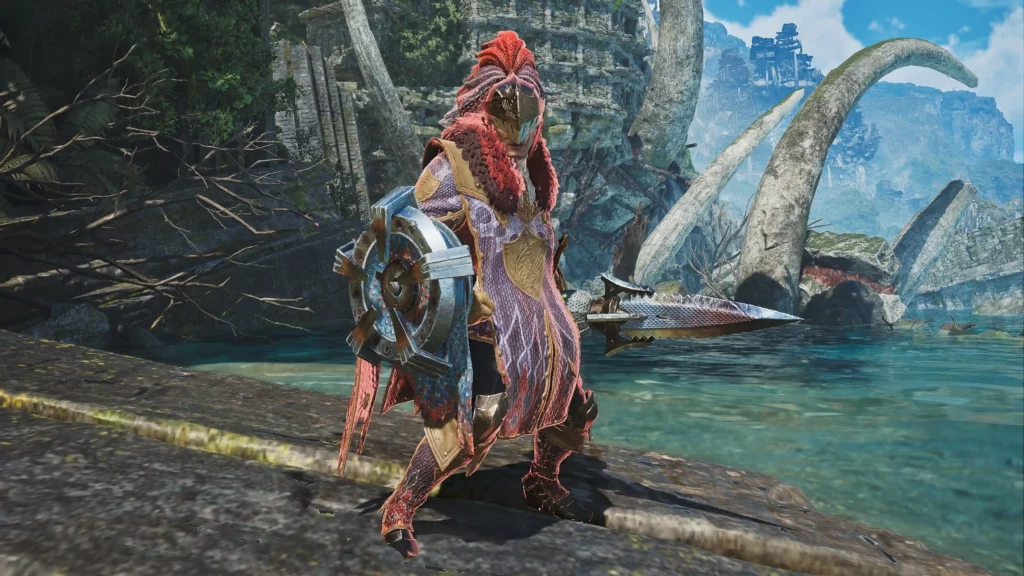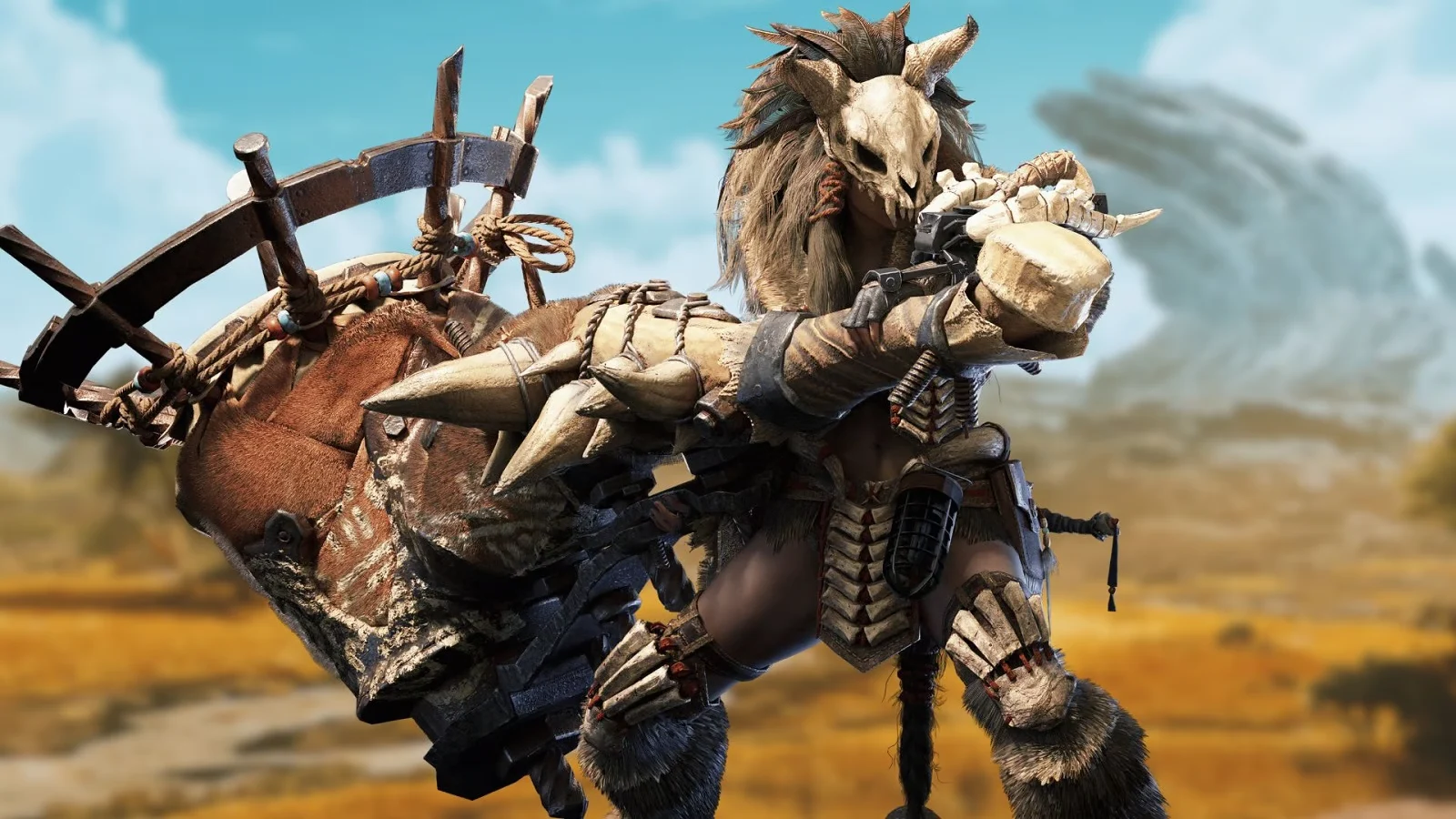Monster Hunter Wilds introduces numerous new mechanics, but some of the most impressive ones are tied to specific weapons and not clearly outlined within the game. One such ability is Stalwart Guard — a powerful defensive maneuver that can serve both as protection and a counterattack. Unfortunately, the game doesn’t provide much guidance on how this system actually functions, leaving players to discover its nuances on their own.
What Is Stalwart Guard?
Stalwart Guard is a unique guard mechanic that activates when defending against sustained projectile attacks from monsters. These can include broad breath attacks from creatures like Nu Udra or Blangonga, or beam attacks launched by Gravios or Rey Dau. When executed properly, the words Stalwart Guard appear in the corner of the screen, and the camera dramatically zooms in on the hunter as they brace against the incoming force.
While performing this guard, the hunter’s health and stamina will gradually decrease, with stamina draining at a faster rate. Still, this method is vastly preferable to absorbing the full force of the attack. Not only does it shield the player, but it also creates a barrier that protects any teammates standing behind them. Even more satisfying is the cinematic flair — it closely mirrors the iconic final moment of the Deep Down trailer released over a decade ago.

Misconceptions and Importance in Battle
Stalwart Guard is often confused with mechanics like Power Clash or nicknamed inaccurately by fans as Beam Clash. However, understanding how to properly use this technique can be critical in both solo and team play, especially when facing monsters with prolonged or overwhelming attacks. Mastering this mechanic can make a hunter significantly more resilient and dramatically enhance their contribution in group hunts.
How Stalwart Guard Interacts With Different Weapons
Any weapon that allows guarding is capable of performing a Stalwart Guard. While this shared feature contributes to the confusion with Power Clash, each weapon has its own characteristics and tactical differences when using the move. Here’s how it varies across several popular choices:
Great Sword
This weapon results in some of the slowest movement while guarding, which makes sense considering its massive size and the sheer weight of the blade used to block large-scale attacks.

Heavy Bowgun
Similar to the Great Sword in terms of mobility, the Heavy Bowgun also has sluggish movement during Stalwart Guard. The logic here is understandable — using a firearm to shield oneself from fiery waves likely offers just as much resistance as a heavy blade.
Charge Blade
Mobility is slightly improved when using the Charge Blade. An added bonus here is that triggering a Stalwart Guard instantly charges the weapon’s phials to yellow. If the phials are already yellow, they will increase to red — offering a quick and tactical power-up mid-battle.
Sword and Shield
Comparable in speed to the Charge Blade, the Sword and Shield setup doesn’t come with any particularly unique traits when executing a Stalwart Guard, but still offers a reliable balance of speed and defense.

Gun Lance
The Gun Lance stands out for its faster movement during Stalwart Guard. Additionally, it offers the ability to launch a Counter Rush by pressing Triangle or Y. This counterattack sends the hunter forward in an offensive push to interrupt the enemy’s move. However, it comes with risks: the hunter becomes more vulnerable to damage and has limited forward range. If mistimed or too far from the enemy, the move may miss entirely, leaving the hunter open to retaliation.
Lance
Much like the Gun Lance, the Lance also enjoys faster mobility during Stalwart Guard and supports the Counter Rush feature. This makes it a highly mobile and aggressive defensive tool, perfect for players who favor reactive playstyles.
Final Thoughts
Stalwart Guard may be one of Monster Hunter Wilds’ most underappreciated mechanics due to its vague implementation and lack of explanation. Yet for players who take the time to understand its strengths, it provides a powerful way to enhance survivability, protect teammates, and even turn the tide of battle with a well-timed counter. Every weapon that can guard offers a unique twist on this technique, making it worth experimenting with across different loadouts to discover which suits each hunter’s preferred combat style.
